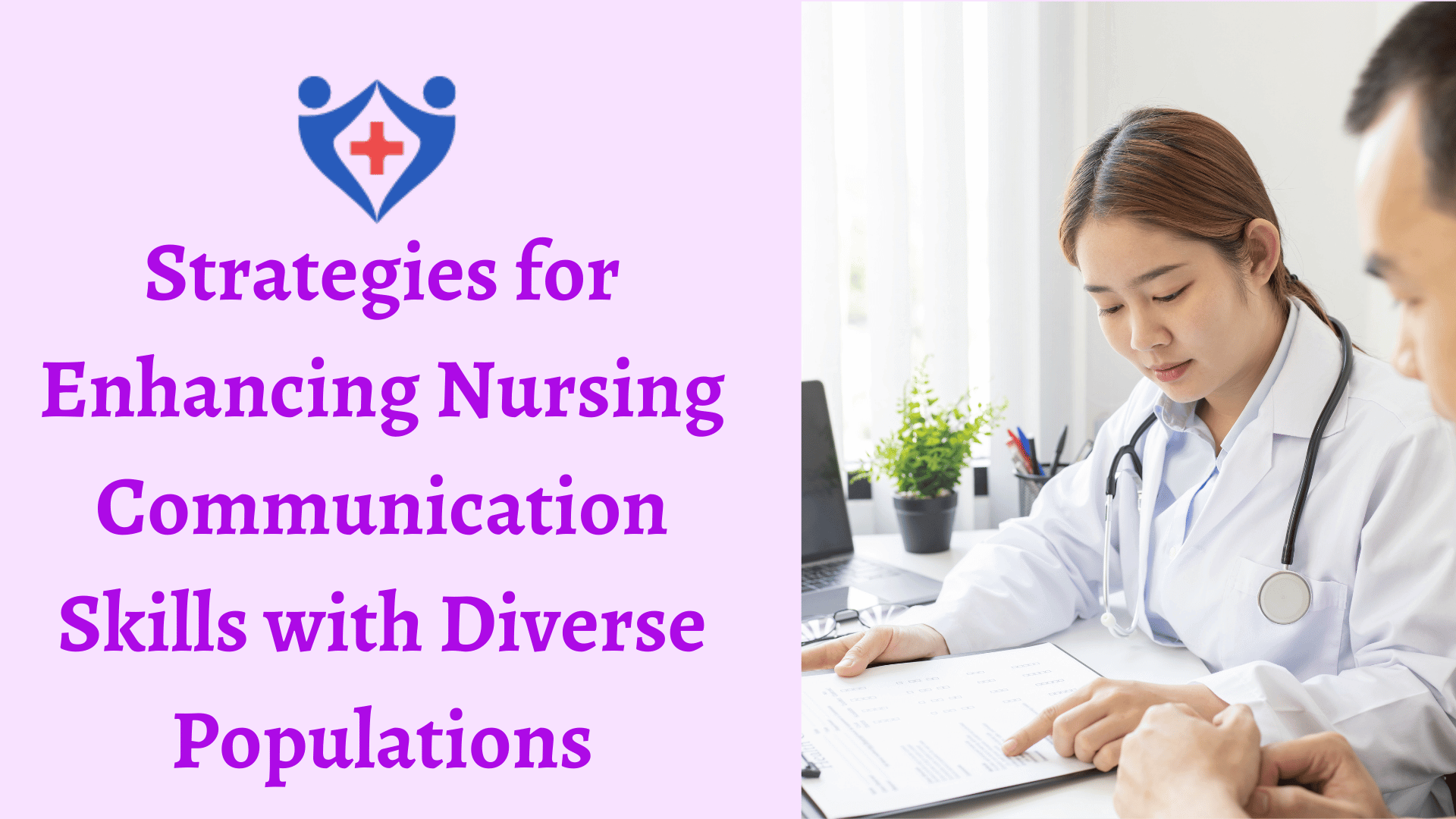In the dynamic landscape of healthcare, effective communication is paramount, particularly for nurses who interact daily with diverse populations. Nurses serve as the frontline communicators, bridging gaps between patients and healthcare providers. To ensure quality care and patient satisfaction, nurses must possess robust communication skills tailored to diverse cultural backgrounds, languages, and individual needs. This article explores comprehensive strategies to enhance nursing communication skills with diverse populations, fostering trust, understanding, and improved health outcomes.
Understanding Diverse Populations in Healthcare
Recognizing Diversity in Healthcare Settings
In modern healthcare settings, diversity encompasses various dimensions, including race, ethnicity, language, socio-economic status, religion, sexual orientation, and gender identity. Understanding and respecting these diversities are foundational to effective communication and patient-centered care.
Challenges in Communication with Diverse Populations
Navigating cultural nuances, language barriers, and differing communication preferences pose significant challenges for nurses. Misunderstandings can lead to misdiagnosis, poor adherence to treatment plans, and reduced patient satisfaction. Thus, nurses must develop cultural competence and communication strategies to overcome these barriers.
Implementing Communication Strategies in a Multicultural Setting
| Scenario | Strategy Implemented | Outcome |
|---|---|---|
| A hospital in a culturally diverse city implements cultural competence training for nurses. | Cultural Competence Training | Nurses demonstrate increased awareness of cultural differences and adapt communication strategies accordingly, leading to improved patient satisfaction scores and reduced instances of miscommunication. |
Strategies for Enhancing Nursing Communication
1. Cultural Competence Training
Investing in ongoing cultural competence training equips nurses with the knowledge, skills, and attitudes necessary for effective cross-cultural communication. Training programs should cover topics such as cultural humility, awareness of implicit biases, and strategies for addressing cultural differences respectfully.
2. Language Access Services
Institutions should ensure language access services, such as professional interpreters, translation services, and multilingual staff, are readily available. Utilizing trained interpreters improves accuracy, confidentiality, and trust in communication, facilitating meaningful interactions with diverse patients.
3. Active Listening
Active listening is a fundamental communication skill that involves fully concentrating, understanding, responding, and remembering what the patient communicates. Nurses should demonstrate empathy, validate patients’ concerns, and encourage them to express their thoughts and feelings openly.
4. Nonverbal Communication
Nonverbal cues, including body language, facial expressions, and gestures, play a crucial role in communication, especially when language barriers exist. Nurses should be mindful of their nonverbal communication, ensuring it aligns with cultural norms and conveys empathy and respect.
5. Health Literacy Support
Many patients from diverse populations may have limited health literacy, impacting their understanding of medical information and treatment plans. Nurses should use plain language, visual aids, and teach-back techniques to ensure information comprehension and empower patients to make informed decisions about their health.
Conclusion
Enhancing nursing communication skills with diverse populations is a multifaceted endeavor requiring ongoing education, cultural competence, and patient-centered approaches. By implementing comprehensive strategies such as cultural competence training, language access services, active listening, nonverbal communication awareness, and health literacy support, nurses can foster meaningful connections, improve patient outcomes, and promote healthcare equity for all.

